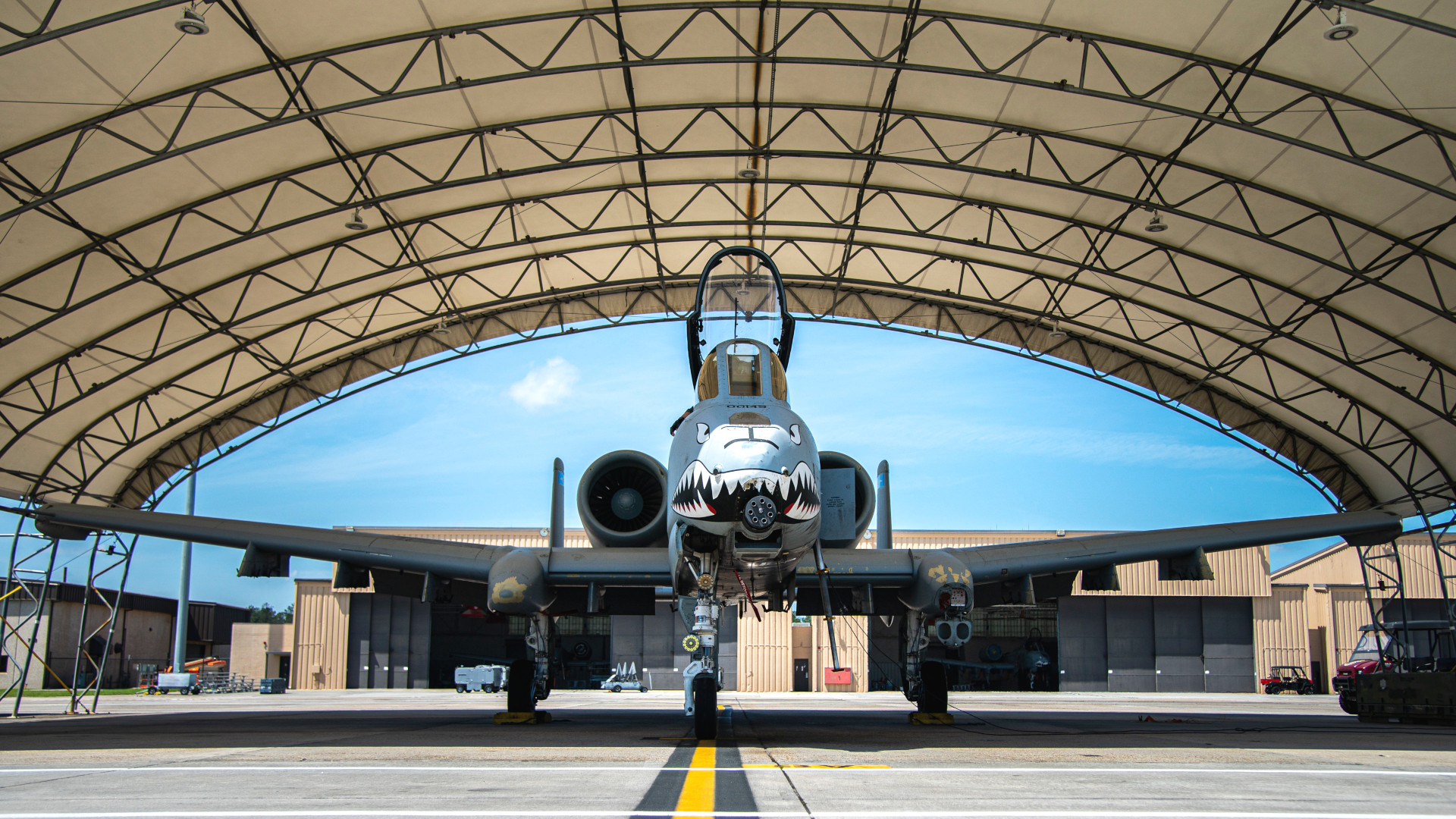Earlier this month, an A-10C Warthog ground attack jet arrived at the boneyard at Davis-Monthan Air Force Base in Arizona. This jet is the first to head into retirement in years and is part of a batch of 21 the U.S. Air Force expected to divest in the coming months. This is in line with the service’s desire to retire all of its Warthogs before the end of the decade, an effort that is now starting to move ahead after years of members of Congress blocking such plans.
The first of these 21 A-10Cs to go to the boneyard, which carries the serial number 80-0149, arrived at Davis-Monthan on April 5, but the Air Force only publicly announced it had touched down there earlier this week. The service said that the jet, which started life as an A-10A and was later upgraded to the C model configuration, had logged a total of 14,125 flight hours in the course of its career.
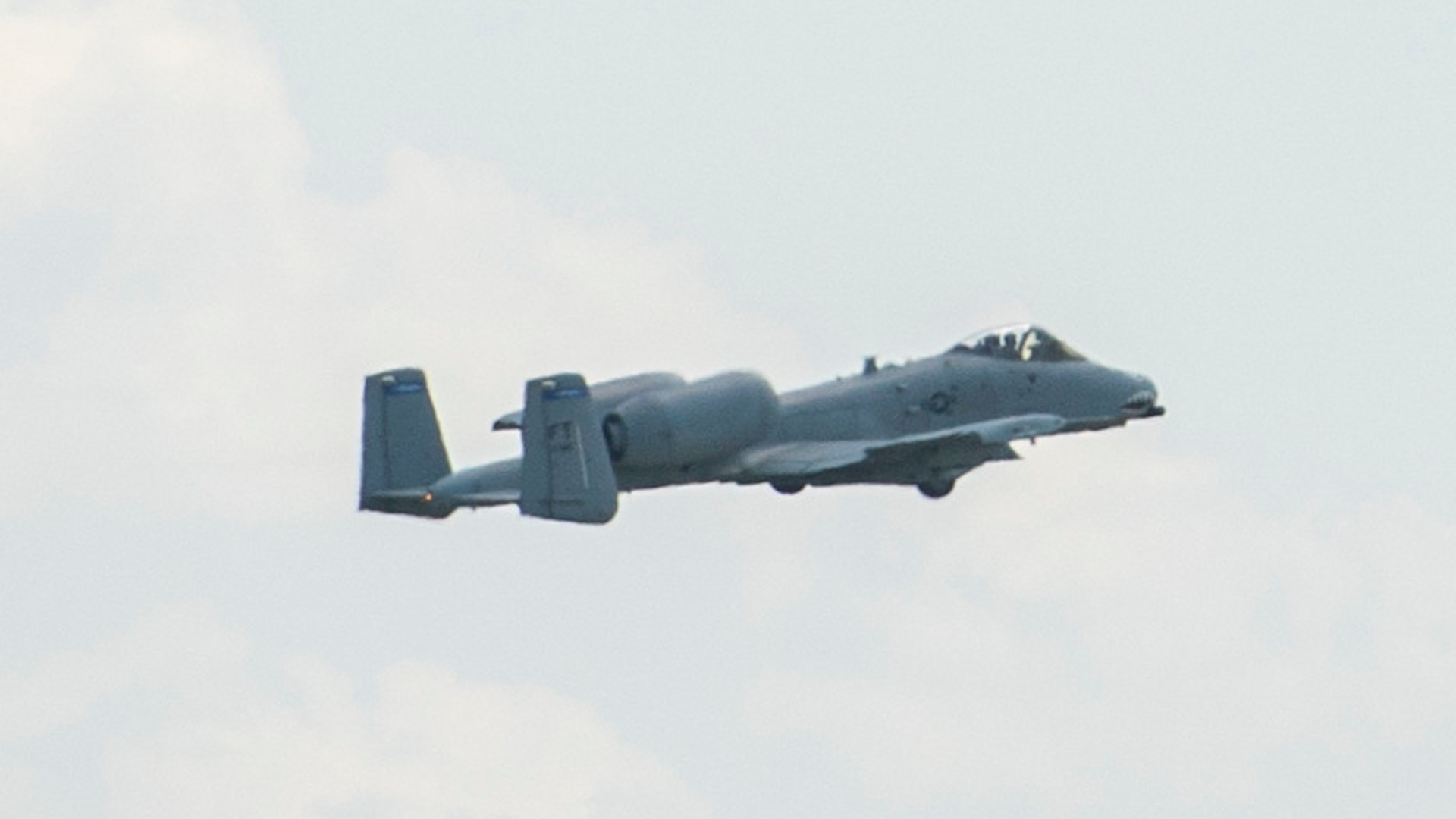
80-0149’s last assignment was to the 74th Fighter Squadron, part of the 23rd Fighter Group at Moody Air Force Base in Georgia. The 74th received another A-10C to take its place from the Indiana Air National Guard, according to the Air Force. The Indiana Air National Guard’s lone Warthog squadron, the 122nd Fighter Wing’s 163rd Fighter Squadron, is in the process of converting to the F-16C/D Viper.
“It’s sad to see this aircraft reach the end of its service to the United States,” Air Force Capt. Kevin Domingue, a pilot from the 74th Fighter Squadron show flew 80-0149 into retirement. “Thousands of service members have flown or worked on this particular jet; this will be the last time it takes flight and carries their cumulative effort. I am honored to be a part of this aircraft’s history like so many before me.”
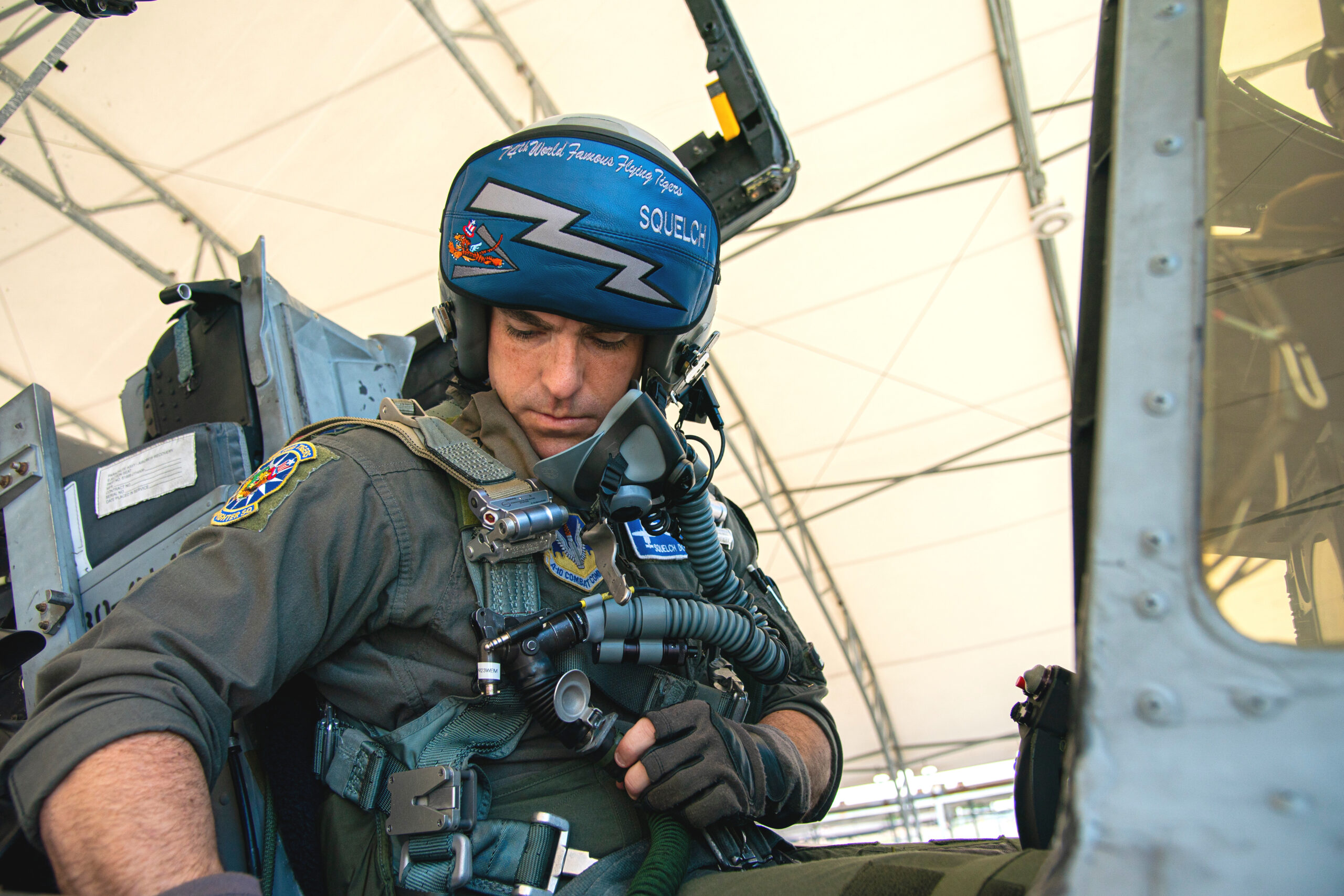
“This is bittersweet, it’s an old aircraft and there comes a time when each of them need to be retired,” Air Force Staff Sgt. Austin Bryne, a crew chief from the 74th added. “They are still combat capable, but after all the hours put in, their time comes.”
The Air Force currently has approval from Congress to divest 21 A-10Cs, which will bring the total size of the remaining Warthog fleet down to around 260 aircraft. Multiple Warthog units are expected to send A-10Cs with high flight hours to the boneyard and receive lower-time jets from the Indiana Air National Guard as part of this process.
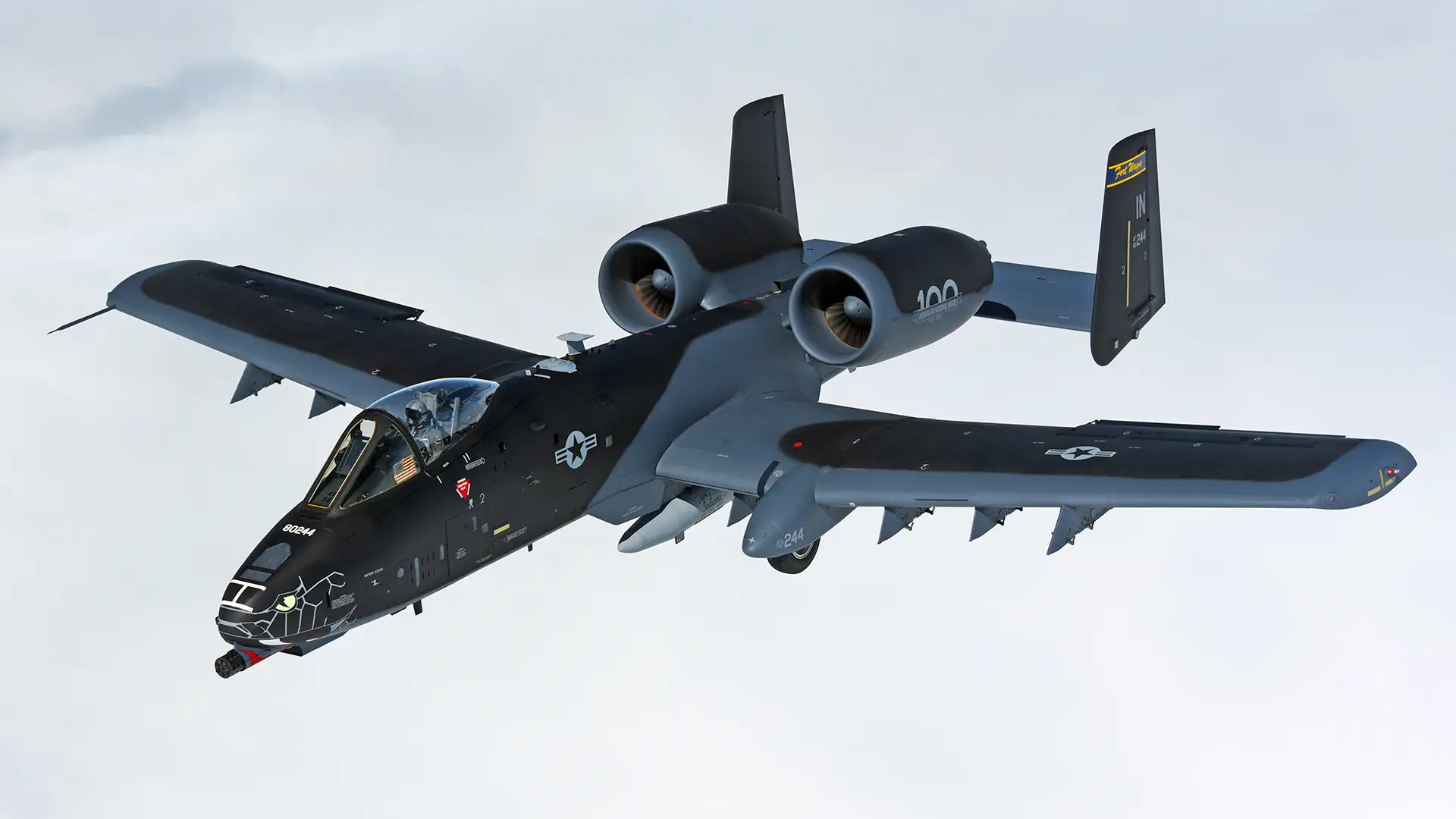
According to data from the 309th, which is in charge of the boneyard at Davis-Monthan, 100 A-10s — 49 A-10As and 51 A-10Cs — are stored there as of March 15. Prior to 80-0149’s arrival, the last time the Air Force divested a significant number of A-10s in a single year was in 2014.
The Air Force did send one additional A-10C to the boneyard in 2019. However, that aircraft, serial number 80-0212, has a unique story and had already been retired once before. It was pulled back out of storage in 2013 and almost turned into a highly modified flying storm-chasing laboratory, referred to as the SPA-10 Thunderhog, under the auspices of the National Science Foundation. That project ultimately collapsed and the aircraft went back to the boneyard six years later. You can read more about the Thunderhog in this past War Zone feature.

As part of its 2024 Fiscal Year budget proposal, the Air Force is asking Congress for the authority to retire another 42 A-10Cs. The service’s publicly stated goal is to have the last Warthogs out of service before 2030, and possibly much sooner than that.
“I would say over the next five, six years we will actually probably be out of our A-10 inventory,” Gen. Charles Q. Brown, the chief of staff of the Air Force, told reporters at the Air & Space Forces Association’s annual Warfare Symposium in March.
This schedule would’ve been almost unthinkable just two or three years ago. Members of Congress, famously including the late Senator John McCain, spent years blocking Air Force requests to divest the Warthogs. Legislators long contended that the service had not sufficiently demonstrated that it could provide adequate close air support capabilities in place of the A-10, with its iconic 30mm GAU-8/A Avenger rotary-barrel automatic cannon, heavily armored cockpit and redundant systems, and ability to loiter low over areas of the battlefield for protracted periods of time while carrying a large ordnance load.
The Air Force has challenged those positions, saying that a range of other aircraft in its inventory, ranging from the F-35A Joint Strike Fighter to the B-1B bomber, can and do perform these tasks. The service has further argued that the nature of close air support has changed significantly since the A-10 was introduced, particularly as a result of the now routine use of precision-guided munitions.
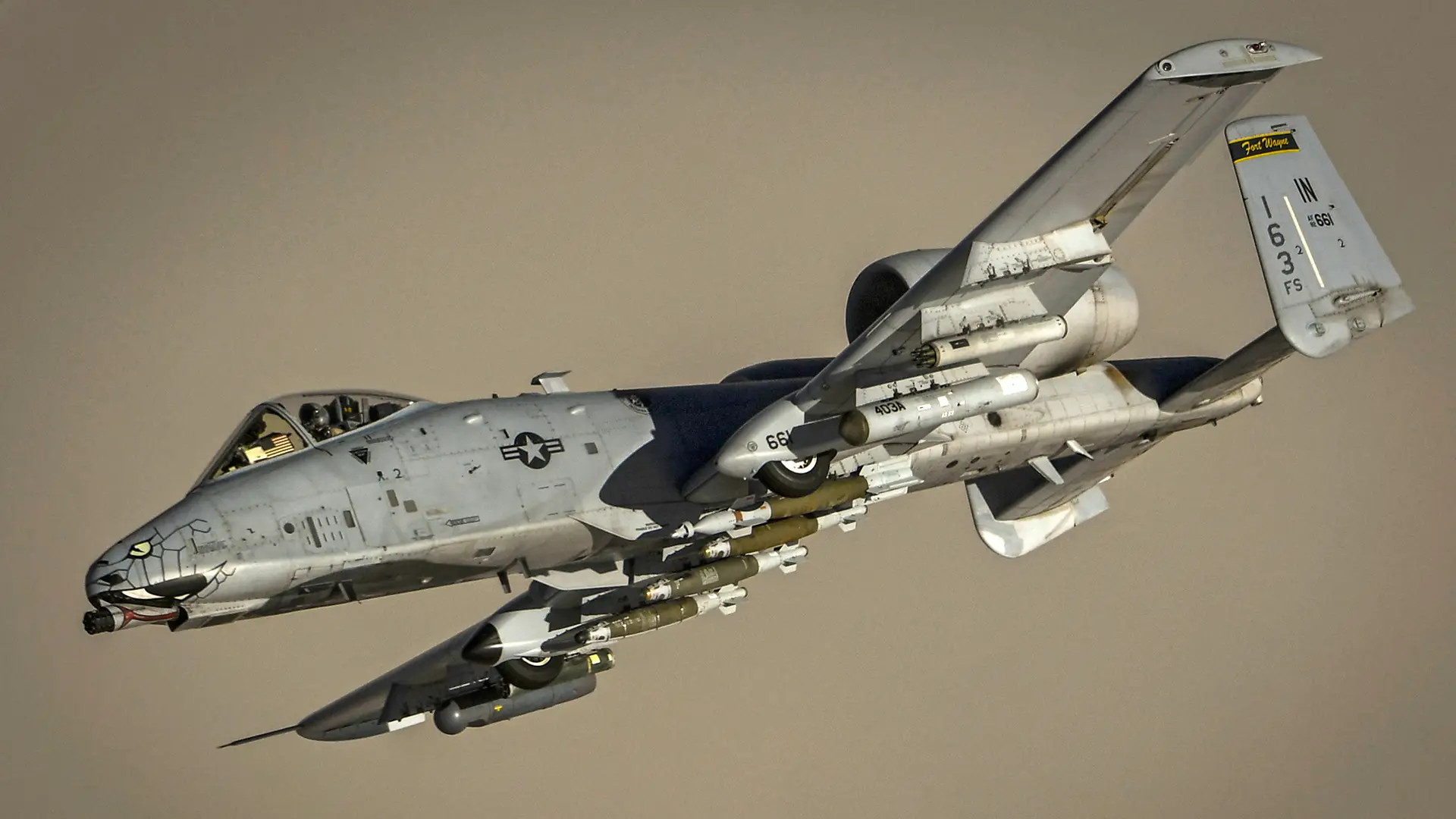
The Air Force, of course, has had an at best checkered history with the A-10 since the aircraft first entered service in 1977, and has tried multiple times over the interceding decades to retire the type entirely. As a result, the Warthog’s story has often been one of neglect. Many have gone further to accuse the Air Force of deliberately hamstringing the aircraft over the years, including by not proceeding with major upgrade programs that would have extended the jets’ lives when it mattered most. The saga surrounding an effort to re-wing a substantial portion of the fleet is a particularly notable example of this that you can read more about here.
The A-10 fleet continues to soldier on and has been actively employed in support of combat operations in Afghanistan, Iraq, Syria, and Libya in the past two decades or so. Just in March, the Air Force announced that it was sending Warthogs to the Middle East to help bolster the U.S. military’s posture in the region.

The A-10 fleet is still in the process of receiving substantial upgrades, as The War Zone has explored in depth. The Warthog community has also been very active in looking for new ways that it might be able to contribute to future high-end combat operations, particularly in any potential conflict against China in the Pacific. The efforts include exploring the possibility of employing A-10s as platforms for launching large groups of ADM-160 Miniature Air-Launched Decoys (MALD) to help protect other aircraft.

At the same time, lawmakers now seem to be increasingly siding with the Air Force’s position that it is time for the A-10 to finally go. The service’s current central argument is that divesting the Warthogs is critical to freeing up resources for major modernization programs that are now in progress, particularly those under the broad umbrella of its Next Generation Air Dominance (NGAD) program.
“The A-10s remain the most effective close air support platform in the world today even after 45 years,” Capt. Domingue, the pilot who brought 80-0149 to the boneyard, said. “As long as the Air Force allows the aircraft to fly and be properly maintained, this community is ready to provide that expertise anywhere in the world against any adversary.”
What might happen to the Warthogs, if anything, after the Air Force is done with them remains to be seen. The Ukrainian government had expressed interest in acquiring some of them following Russia’s all-out invasion of the country in February 2022. Officials in Ukraine now seem to have largely moved on, with most of them now advocating for the United States and other Western countries to provide more modern fighters, such as the F-16.
Other interested parties could come along. The State Department was interested for a time in the possibility of turning A-10s into armored crop dusters to support counter-drug operations, though that moment also seems long past now. The Colombian Air Force is known to have asked about acquiring Warthogs many years ago now, too.
Whatever happens down the road, 80-0149’s recent arrival at the boneyard at Davis-Monthan Air Force Base very much feels like the beginning of the final twilight of the Warthog’s career with the Air Force.
Contact the author: joe@thedrive.com
